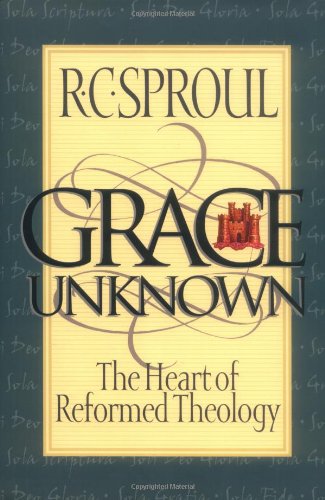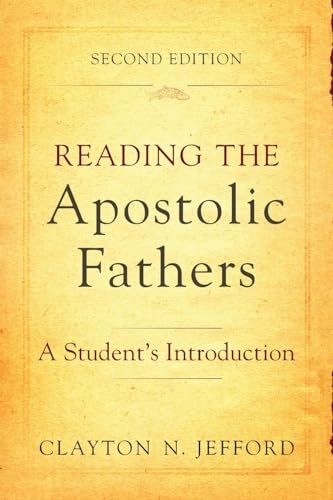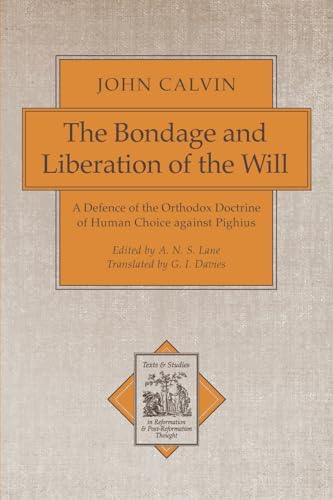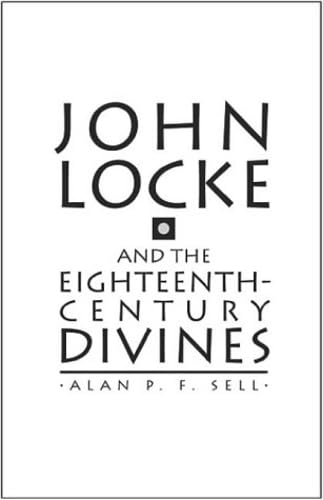Jesus and the Holy City, New Testament Perspectives on Jerusalem
Written by P.W.L. Walker Reviewed By Gary M. BurgeI was speaking with a group of students recently about the social upheaval and political complexities of the 1960s and how these elements gave shape to much of the theological writing that was being done in that era. Some eschatology, I argued, such as that penned by writers like Hal Lindsey, could be viewed as a by product of that upheaval, that social dislocation and despair that many of us remember so well. I happened to refer to the Vietnam War and one student remarked ‘Was Vietnam in the late 60s?’
And then it dawned on me. Students who do not have a strong historical consciousness of what was happening in the 1960s can hardly interpret the cultural forces at work in that decade. I provided a sampling of music—Eric Burdon and the Animals’ 1968 song, ‘Sky Pilot’—and none of them figured out that it described Southeast Asian jungle warfare. In another class I have had students watch the epoch-making film ‘Apocalypse Now’ and compare it with Conrad’s The Heart of Darkness in order to help them ‘break in’ to this era.
It is an axiom of historical study that in order to unlock the mysteries of a different time and place, the scholar must be able to read the cultural symbols at work there. In order to understand the 1960s, these scholars will have to know arcane items like: Jimmy Hendrix, The Fall of Saigon, bell bottoms, The Beatles, peace symbols, and Woodstock. Anyone interpreting the decade without at least a cursory knowledge of these things will never succeed.
Peter Walker has written a landmark book that is utterly crucial if anyone wishes to understand the first century, Jewish consciousness, and NT theology. In its pages, his volume is holding a key that many of us never knew existed. One theme was so completely embedded in the consciousness of Jew and Christian alike that it was impossible for them to think theologically without including it in their programme. The theme is Jerusalem and its temple. This glorious city was the religious and national pride of Judaism. Rebuilt by Herod the Great, it was celebrated as a marvel not simply of architecture but of spiritual confidence. It confirmed Israel’s election before God and Israel’s confidence in history. But then in ad 70 an unimaginable catastrophe occurred. In a prolonged war, Roman troops destroyed the city and its temple just as the Babylonians had done in 568 bc.
Did the early Christians reflect on the spiritual significance of this city and this war? Did they reinterpret Judaism’s nationalistic claim over the city? Could anyone living in the 60s and 70s not think about Jerusalem and its fate? Walker combs the NT with painstaking detail and uncovers the countless times the NT alludes to the city and the Temple. Mark wrote his gospel in the late 60s and understood that the coming of Jesus the Messiah carried theological implications for the temple and its city. And the demise of that temple was mysteriously linked to the death of God’s Son on the cross. For instance, Mark’s use of the parable of the tenants and the vineyard (12:1–9) is a crucial signal to us about the fate of the city and the meaning of Jesus’ death.
Walker believes that Matthew may be writing just after the war of 70 and he now must interpret the catastrophe of the first century. Jesus’ rejection parallels Jeremiah’s rejection—and both led to Jerusalem’s destruction. As with Jeremiah, Jesus predicts how the temple will be abandoned (23:38), desecrated (24:15), and destroyed (24:2) using imagery inspired by the Babylonian captivity. The vineyard parable gains specificity now as we learn how the city will be destroyed and given to others (21:40ff). But the resolution, the hope for Judaism is not to be found in rebuilt stones or geography: Jesus has replaced Jerusalem as the locus of God’s presence—Jesus is the place where God is now with us, he is the true embodiment of Israel.
Luke’s two volumes exhibit the same theological drama: God has moved toward Jerusalem with redemption, Jesus’ rejection spells judgement on the city, and this then has opened the way for ministry ‘to the ends of the earth’. Luke records four ‘oracles’ of Jesus (13:32–35; 19:41–44; 21:20–24; 23:27–31) which lay out God’s political agenda for the city and echo the sentiments of Jeremiah: when Jesus came to Jerusalem it should have been the city’s finest hour but it turned into the city’s greatest tragedy, Jesus would have surrounded the city as a hen surrounds its young, but instead Jerusalem will be surrounded by Roman armies. Here Jesus gives his most explicit predictions of the Roman siege and sees in it a divine act of judgement. The Book of Acts underscores how Jerusalem is the place from which God moves (a missionary, centrifugal outlook) rather than a place to which he moves, which was the currency of the day (with Judaism’s pilgrimages). The true function of the city—the dwelling place of God—now is fulfilled by the early church, which experiences in the Spirit the reality which Jerusalem had only hoped to attain.
Further theological details are supplied by John’s Gospel (in which Jesus is presented as replacing the Temple completely and satisfying all of the requirements of the Jewish festivals) and Hebrews (where Jesus bring superior priestly functions and Christians are urged to ‘leave the camp,’ 13:13f., no longer showing allegiance to the Temple and Jerusalem). But it is in Paul perhaps where the most thoroughgoing and sophisticated appreciation for this theological realignment takes place. Paul sees Jerusalem in captivity ‘with her children’ (Gal. 4:25f) and feels deep within his life the two-way movement of every Jewish-Christian: both to the city (with its historic, spiritual roots) and away from the city (since this is the new movement of God). The three concentric realities of Judaism (land, Jerusalem, Temple) are completely redefined and recast in light of Christ’s arrival in history. The church is the new Israel and Christians now bear the spiritual hallmarks of the Temple (1 Cor. 3:16ff; 6:9–20). Even Jerusalem is redefined in Paul and emptied of its revelatory and salvific place known in Judaism.
Perhaps the most compelling chapters come at the end of the book. Walker ties up these themes and shows that Jerusalem is not an ‘accidental backdrop’ for the story of the ministry and passion of Jesus. A reinterpretation of Jerusalem lies at the root of Jesus’ self-consciousness. As a prophet and critic, he came to the city to announce God’s expectations—and he offered a solution for its coming doom. As a prophet he suffered in his own body a foretaste of that very judgement which he had pronounced upon Jerusalem itself (p. 288). He acted out the destruction that was coming for the city so that those inside might see a way to avoid it.
The NT is thus offering a new theology of Jerusalem and the ‘holy land’. And, claims Walker, this insight is absolutely basic to any biblical theology. The locus of God’s work is not localized in holy land, it is localized initially in God’s Son and then in the people of God who bear the Spirit of God.
If Walker’s treatment has any shortcoming, it is that its final chapters need to press us to think pastorally and practically (politically perhaps?) about the implications of this theology. If it is true that the NT is rethinking critical territorial dimensions in Judaism, then we should today as well. In today’s Middle East, western Christians are often confused thinking that they have a spiritual obligation to participate in political gambits by modern Israel to wrest control of Jerusalem from Palestinian Arabs. Walker has made a compelling and devastating argument that Jesus and his followers (Paul, Matthew, Luke and others) would have nothing to do with such schemes. Jesus redefined holy space in his incarnation and he called his followers to ‘go out’ from the city and not see it as the theological centre of their universe.
Gary M. Burge
Gary M. Burge
Wheaton College
Wheaton, Illinois, USA







